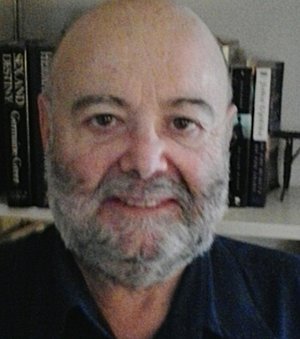Magic Mushrooms, Psychedelics and Chronic Pain
/By Roger Chriss, PNN Columnist
The recent news that Denver has decriminalized “magic” mushrooms is the latest sign of growing interest in the use of psychedelics. Whether it’s microdosing mushrooms to stimulate the mind or using them to treat depression and chronic pain, psychedelic drugs are having a moment.
Magic mushrooms are any of roughly 200 different types of fungi that produce psilocybin, a hallucinogenic substance. Other psychedelics include LSD, DMT, ayahuasca and ibogaine. For reasons of chemistry and cultural baggage, DMT is generally avoided, LSD is used with extra caution and psilocybin is getting the most attention in clinical studies.
Preliminary research has found positive outcomes for psychedelic therapy in smoking cessation, anxiety, post-traumatic stress disorder and refractory depression. And there are promising findings on psychedelics for cluster headaches and phantom limb pain.
A 2015 review in the Journal of Psychoactive Drugs reported that for patients with cluster headaches, psilocybin and other hallucinogens “were comparable to or more efficacious than most conventional medications.”
In a 2006 Neurology review, researchers interviewed 53 cluster headache patients who used LSD or psilocybin. Most reported success in stopping cluster attacks and extending periods of remission.
And a 2018 Neurocase report described positive results for one patient with intractable phantom pain who combined psilocybin with mirror visual-feedback.
Obviously, these studies are very preliminary. Patient self-reports on drug use outside of clinical settings have limited value as evidence of efficacy. And case reports are by definition too small-scale to generalize from.
Fortunately, more clinical trials are underway for psilocybin and LSD. Last year the FDA approved a “landmark” psilocybin trial for treatment-resistant depression. And the Multidisciplinary Association for Psychedelic Studies is also working to promote robust clinical research.
Of course, psychedelics are not without risks. As described in detail in the book DMT: The Spirit Molecule, patients need to be screened and monitored before, during and after psychedelic therapy.
Michael Pollan, author of “How to Change Your Mind”, told The New York Times that psilocybin has risks “both practical and psychological, and these can be serious.”
There are also risks of conflating the pop culture phenomenon of microdosing to clinical benefits obtained under medical supervision.
The “betterment of healthy people” through microdosing is enthusiastically endorsed in books like “A Really Good Day” by Ayelet Waldman. But a 2018 placebo-controlled study on LSD microdosing found no “robust changes” in perception, mental acitivty or concentration.
The microdosing trend could stymie serious research and bias public opinion about psychedelics — just as it did in the 1960’s.
The potential for psychedelic therapy in the management of chronic pain disorders is two-fold. First, psychedelics may represent a safe and effective way to manage otherwise intractable disorders like cluster headaches and phantom limb pain. Second, psychedelics may help address the depression, PTSD and anxiety that often contribute to or accompany such disorders.
It is to be hoped that more research on psychedelics comes quickly.
Roger Chriss lives with Ehlers Danlos syndrome and is a proud member of the Ehlers-Danlos Society. Roger is a technical consultant in Washington state, where he specializes in mathematics and research.
The information in this column should not be considered as professional medical advice, diagnosis or treatment. It is for informational purposes only and represents the author’s opinions alone. It does not inherently express or reflect the views, opinions and/or positions of Pain News Network.



























